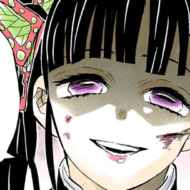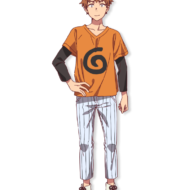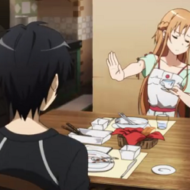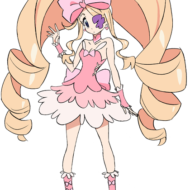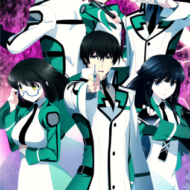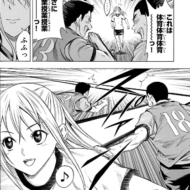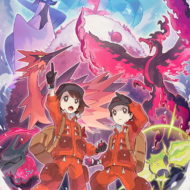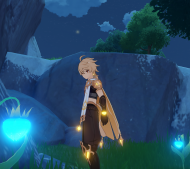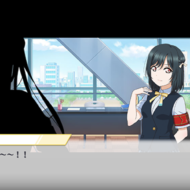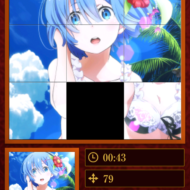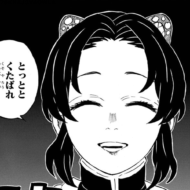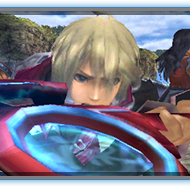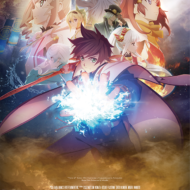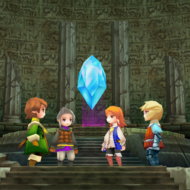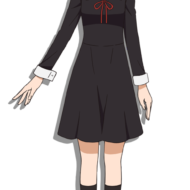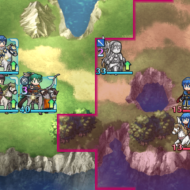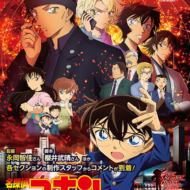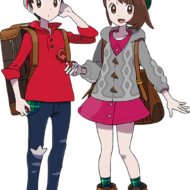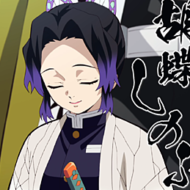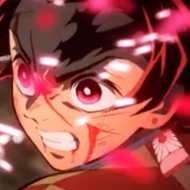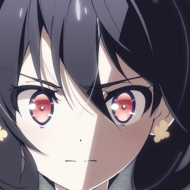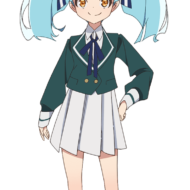出典 : ©2019 映画『かぐや様は告らせたい』製作委員会 ©赤坂アカ/集英社 : 映画『かぐや様は告らせたい~天才たちの恋愛頭脳戦~』公式サイト
Live-action manga and anime adaptations don’t seem to be popular with fans, but there have been some success stories, such as Kaguya-sama and Death Note.
We take a thorough look at the trends and characteristics of what works are popular and what works are failing!
Rejection of live action? Complex Fan Psychology
出典 : Amazon.co.jp
In November 2019, at the exact same time, the live-action adaptations of Yuru-Can△ and Guramburu were announced.
While Yuru-Can is a late-night drama, and Guramburu is a movie adaptation, and although there are differences in media, it’s quite an unusual event to see live-action adaptations cover the news… On the side of what I wrote, the live-action adaptations of “High School Girl’s Wastefulness” and “Urayasu Tekkin Kazoku” have now been announced on the same day.
In recent years, there has been a traffic jam of live-action adaptations from anime and manga, so much so that this kind of thing can happen.
It would be tempting to say that the fact that there are live-action adaptations being made so often is proof that there is a demand for them… but in reality, the fans don’t necessarily want to see them.
Of course, there are many fans who are happy to hear the news of a live-action adaptation, and if it’s a popular work, the news is usually picked up and trending… but on the other hand, there are those who are disappointed, saying, “Another live-action adaptation?
I have the impression that this trend is especially strong among the hardcore fans.
In fact, there have been many examples of popular anime and manga that have failed in their live-action adaptations.
There are many examples of works that were most exciting at the time of their announcement, and after that they were not talked about much and quietly ended up being released or aired.
A live-action film of the following works, for example, would not be considered a success, given the popularity of the original.
・Dragon Ball
It was made into a movie in Hollywood with the title “DRAGONBALL EVOLUTION”, but it earned about 1 billion yen at the box office in Japan
・Kochira Katsushika-ku Kameari Ko-en Mae Hashutsujo
It was made into a drama, but the average viewership didn’t reach 10%, and the movie was less than 1 billion yen.
・Black Butler
It was an ambitious film with a completely original story, but it was about 600 million.
・I Don’t Have Many Friends
For an adaptation of a late-night anime, it was screened on a decent scale, but it didn’t do well.
・Attack on Titan
The first part was released in two parts, and while the first part was 3.25 billion yen, the second part was down significantly to 1.68 billion yen.
・Terra Formars
The sequel was cancelled after a massive 327 screens, not even close to 1 billion yen
・March comes in like a lion
Despite 293 screens, both the front and back versions of the film are not far from 1 billion yen.
・Jojo’s Bizarre Adventure Diamond Is Unbreakable
The hugely popular original story was made into a movie, but it didn’t reach 1 billion, and there are no plans for a sequel, although it’s called “Chapter 1”.
・Fullmetal Alchemist
441 screens in 342 theaters, the largest number of screens in the country, but the price remained at 1.1 billion yen.
・Kids on the Slope
The film opened on 289 screens but failed to reach 500 million yen.
・Marmalade Boy
Girl’s manga with a total circulation of 10 million copies opens on 293 screens, but fails to reach 500 million yen
・BLEACH
A little over 500 million for 329 screens.
・Nisekoi
A little over half a billion for 295 screens.
The original works of these movies were all exceptionally successful, and they were all masterpieces that were praised by many people as “funny”.
Despite this, the live-action film failed to achieve the results that were expected.
Shinki no Kyojin” earned about 5 billion yen at the box office, a figure that would normally be considered a hit, but the fact that the sequel, which was released just one month later, only drew half the audience of the first film was a major failure.
Considering the fact that no sequel was made after that, it wasn’t quite a success.
There are multiple reasons why there is no shortage of live-action adaptations that are based on hit manga and anime, but fail in many cases.
The main reason is the huge gap between manga/anime and live-action.
In the same two-dimensional medium, the storyline is basically based on the original work, and in many cases, the design is similar to the original work.
However, even in the case of an anime that has a high affinity with the original, if it has original characters and storyline, the viewers will take a hard look at it.
People who are attached to the original work may feel resistance to the deviation from the original work.
Therefore, it is only natural that people would find it difficult to accept a “live-action” work that is completely different from the original work except for the setting and storyline.
If you are not in the habit of watching live-action films and dramas, you will not be interested in them.
On top of that, there is the worry that if a live-action adaptation fails, it will reflect negatively on the work.
It is often said, “If you don’t like it, don’t watch it,” but that alone is not enough for fans to digest the complex feelings they have about the work.
You don’t always fail! Bigger live action when it hits
出典 : Amazon.co.jp
Despite all the failures I’ve mentioned, the reality is that popular manga and anime live-action adaptations are not always failures.
Of the many movies released in Japan every year, only 50-60 of them cross the billion yen mark at the box office, and not even half of them are live-action Japanese films.
There are only 19 live-action Japanese films that exceeded 1 billion yen in 2019, and 5 of them are based on manga and anime.
And as for dramas, four of the 16 films that exceeded 10 percent were based on manga.
In fact, there are many productions that were not very successful, but did produce a certain amount of profit.
And the success of live-action adaptations can bring huge profits to a work.
Nodame Cantabile”, which was dramatized in the fall of 2006 and recorded an average rating of 18.9%, was a huge hit with 13 million copies (average of 810,000 copies per volume) even before the drama aired, but after the drama aired, comics disappeared from bookstores all over the country. The average number of copies sold was 1.48 million.
Furthermore, the music CD containing classical music used in the film sold exceptionally well and became a social phenomenon that caused a classical music boom.
A live-action version of “Death Note” was also a huge success.
A drama version was also made, but it was the movie that became a big hit, with the first part being released in June 2006, one month after the original story was completed.
The first part was released in June 2006, one month after the completion of the original work.
The first part earned 2.85 billion yen at the box office, which was still a big enough hit, but the second part was nearly double that amount, earning 5.2 billion yen.
The success of Death Note was the reason why more movies were released in the first and second parts afterwards.
Prior to the release of the movie, the original comics sold 15 million copies (average 1.25 million), but despite being completed, they continued to sell more than 27 million copies (average 2.25 million).
The series has reached an astonishing total of over 30 million copies worldwide.
Furthermore, the video software for this work also became a huge hit, selling over 200,000 copies.
The example of Death Note, which was already a big hit and grew rapidly even after it was completed, is a notable example, but when a work is successful in a live-action adaptation, it reaches an audience that does not usually read manga, and so it attracts newcomers at a tremendous rate.
For authors and publishers, this is the biggest advantage of live-action adaptations.
But for the fans, it’s not a very relevant benefit.
On the contrary, they may, perhaps, feel alienated that the author or publisher is looking in a different direction than they are.
A well-informed fan will rightly say, “We’re doing the live-action adaptation to get people other than manga and anime fans to watch it, so we have to support it.
However, it is also clear that it is not so easy to dismiss it as such, which is a true fan mentality.
This misunderstanding between producers and fans is one of the negative effects of the live-action adaptation.




